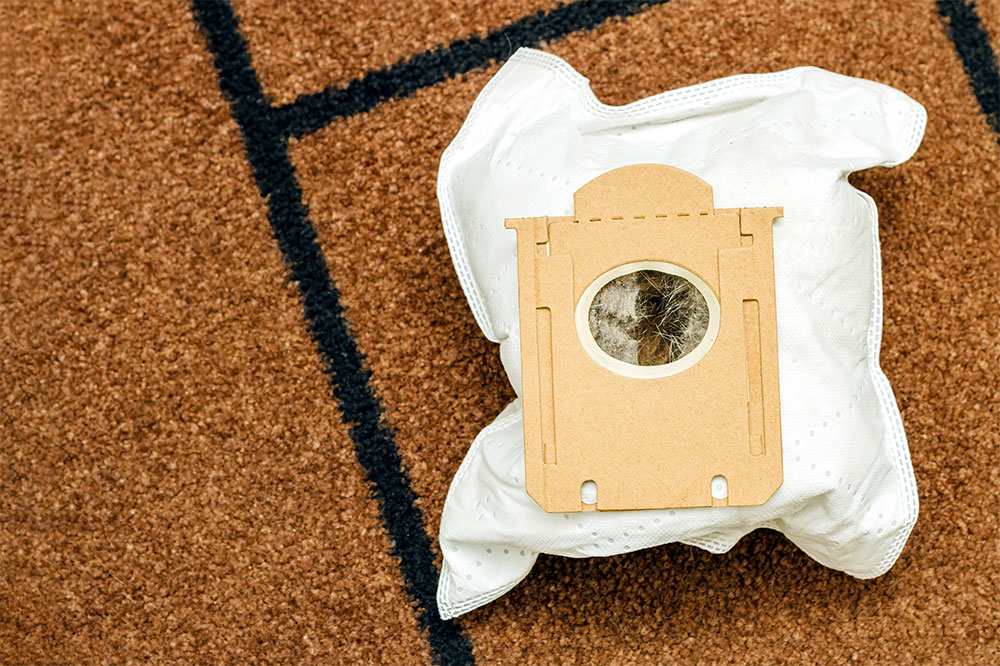14 silent signs of leukemia to note

Leukemia is a type of cancer that affects one’s blood cells, bone marrow and lymphatic system. The condition is commonly affects children below the age of 15 and older adults above the age of 55. While leukemia is a complex condition and there’s no cure for the same, timely intervention and certain strategies can help ease the symptoms and help in its effective management. Here are some silent signs and symptoms and available treatments for leukemia.
Silent signs of leukemia
Here are some of the silent signs of leukemia that should prompt one to seek professional help immediately:
Petechiae
Petechiae are small reddish spots that appear on the skin and are often a silent sign of leukemia. These spots are the result of bleeding under the skin’s surface. In leukemia, the bone marrow produces abnormal white blood cells, which can interfere with normal blood clotting. This can lead to the development of petechiae, as the tiny blood vessels under the skin become more fragile and can break more easily. These spots can appear on various parts of the body, such as the arms and legs, and may be painless.
Fatigue and weakness
Individuals with leukemia may experience persistent fatigue and weakness, even after a full night’s sleep of about 7 to 8 hours. This is often due to a deficiency of red blood cells, which are essential for carrying oxygen throughout the body.
Shortness of breath
Leukemia can lead to unusual breathlessness during daily activities like walking a short distance or climbing a few stairs. This occurs because of a reduced capacity of red blood cells to effectively deliver oxygen to the body’s tissues. As leukemia impairs the bone marrow’s ability to produce healthy red blood cells, individuals may find even simple activities becoming challenging.
Unexplained bruising
Leukemia can cause unexplained bruising characterized by purple marks on the skin. Leukemia-induced bruising can appear even without any apparent physical injury. This phenomenon is closely linked to a low platelet count or clotting issues associated with the disease. Platelets are essential for blood clotting, and when leukemia interferes with platelet production, one may experience easy bruising, frequent nosebleeds, or prolonged bleeding from minor cuts and scrapes.
Inflamed gums
The technical term for inflamed or swollen gums is gingival hyperplasia. The condition is one of the silent symptoms of acute leukemia. Swollen gums in leukemia can also be prone to bleeding, especially during activities like brushing or flossing, and one may be susceptible to oral infections due to impaired blood clotting.
Frequent infections
Leukemia, as is the case with most cancers, often compromises one’s immune system and its ability to fight off infections. So, if one experiences recurrent infections that also seem prolonged, or a general susceptibility to common ailments, it can be a sign of leukemia.
Enlarged lymph nodes
Leukemia may affect the lymphatic system and cause enlargement of lymph nodes. While localized infection may cause this swelling, in case of leukemia, the swelling may remain and even get worse with time. These swollen nodes can often be seen in the neck, underarms, or groin areas.
Night sweats
Excessive sweating, which can soak one’s bedding or clothes, during the night sleep can be another sign of leukemia. These sweats can occur without any changes in room temperature and may disrupt sleep.
Frequent nosebleeds
Due to a lower platelet count, individuals with leukemia may also experience nosebleeds more frequently, which can be challenging to stop.
Bone pain
Leukemia can lead to discomfort or pain in the bones, particularly in the long bones of the arms and legs. This pain is often deep and persistent.
Bloating
Enlargement of the spleen or liver, which can occur in leukemia, may cause abdominal discomfort or a sense of fullness in the abdomen. It is important to note that this discomfort is often painless but should be evaluated by a healthcare professional.
Persistent headaches
Leukemia-related anemia or even bleeding in the head can result in intense or persistent and prolonged headaches. This symptom often makes it difficult for one to focus and concentrate, and it may get severe if left untreated.
Bone pain
Individuals with leukemia may experience joint or bone pain, which is often described as persistent ache. It can either be mild or severe and it typically occurs in the long bones, such as those in the arms and legs. The pain can be constant or intermittent and is not always directly associated with physical activity or injury. Bone pain is a common sign that can be mistakenly attributed to other conditions, making it crucial for individuals to seek medical evaluation if they experience it.
Skin rash
Skin rashes can be a less common but still significant silent sign of leukemia. In some cases, skin rashes may develop as a result of the leukemia itself due to the infiltration of abnormal cells into the skin tissue. These rashes can vary in appearance but are often reddish or purplish and may be itchy.
Since several of these signs can be attributed to other, more common illnesses, such as the flu, they often go unnoticed for a long time. It also makes the diagnosis of leukemia more challenging. One must alert their primary healthcare specialist if they note any of these signs. If one observes some or more of these signs, it is imperative to get a detailed physical examination.







